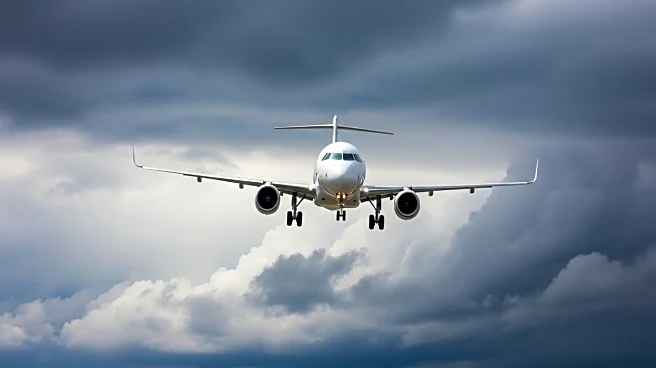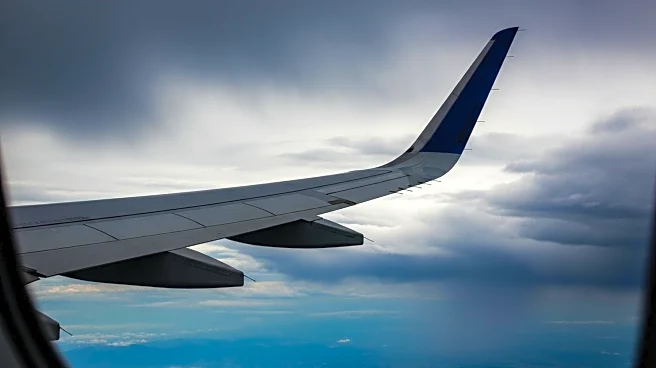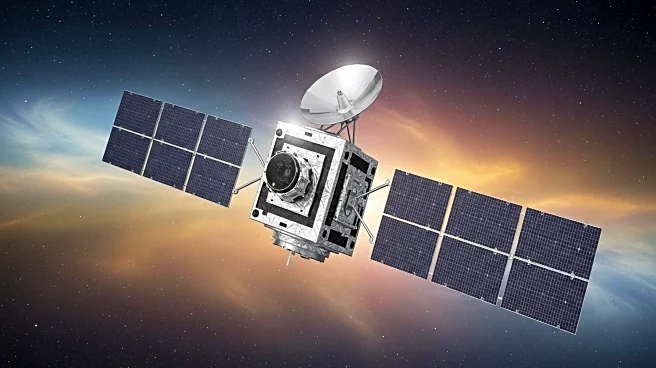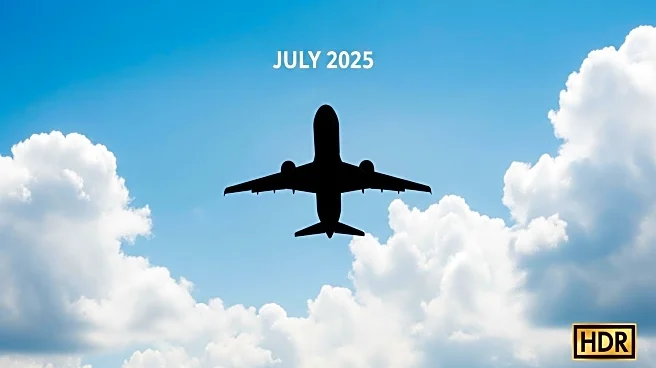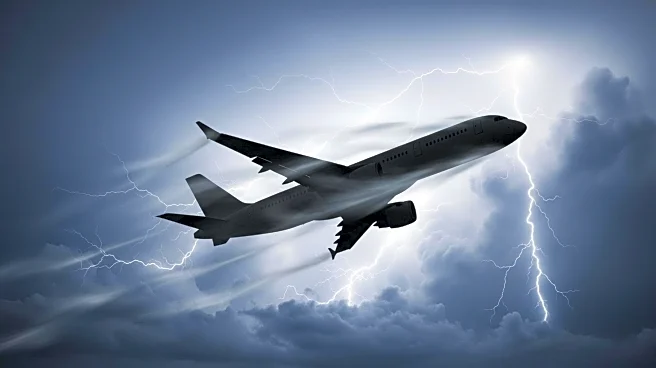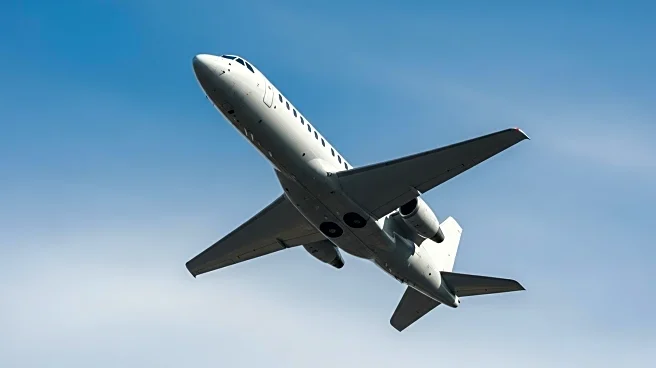What's Happening?
A recent study conducted by the University of Reading indicates that climate change is contributing to increased atmospheric instability, which in turn raises the risk of clear-air turbulence for airlines. Clear-air turbulence is particularly challenging for operators as it is difficult to forecast accurately compared to other types of turbulence. The study, published in the Journal of the Atmospheric Sciences, utilized 26 global climate models to analyze the impact of warming temperatures on jet streams at typical aircraft cruising altitudes. Findings suggest that windshear will increase by 16-27%, and the atmosphere will become 10-20% less stable from 2015 to 2100. This increased instability is already evident, with vertical windshear having risen by 17% over the past 40 years. The study highlights that both the northern and southern hemispheres will experience greater instability, though not at the same rate.
Why It's Important?
The implications of increased atmospheric instability are significant for the aviation industry, as it could lead to more frequent and severe turbulence events. This poses safety risks for passengers and crew, especially those not wearing seatbelts during unexpected turbulence. Airlines may face operational challenges in forecasting and avoiding turbulence, potentially leading to increased costs and disruptions. Improved forecasting accuracy, currently at around 70%, is crucial for mitigating these risks. The study underscores the need for advancements in turbulence prediction technology to enhance safety and efficiency in air travel.
What's Next?
The University of Reading plans to conduct a follow-on study to address the likely increase in frequency and severity of clear-air turbulence events. This research aims to improve forecasting accuracy further, enabling airlines and air navigation service providers to better avoid high-risk areas. The findings could lead to the development of more sophisticated prediction tools, enhancing the ability of airlines to navigate turbulent conditions safely.
Beyond the Headlines
The study raises broader questions about the impact of climate change on various sectors, including transportation. As atmospheric conditions become more unpredictable, industries reliant on weather stability may need to adapt their operations and strategies. The aviation industry, in particular, may need to invest in new technologies and training to cope with these changes, highlighting the interconnectedness of climate change and economic activities.
